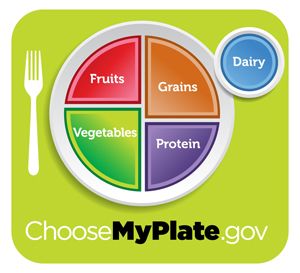by Catherine Haug, August 30, 2011
Thanks to Sally J. for the Alice Waters video link.
For those who have been reading my posts for a while, this will not be news for you, as buying & eating local has been my project for much of my adult life. But perhaps this will inspire you to join the local food revolution as well. Alice Waters (Edible Schoolyard, Slow Foods, Chez Panisse) has been championing this movement now for decades; she calls it a “Delicious Revolution.”
Watch her 4-minute video: Edible Education. She talks about how the Edible Schoolyard (founded 1995) provides hands-on experience and knowledge for the kids, and excites them about sustainability and enjoying the outdoors. She believes that this kind of program should be in every school, beginning with kindergarden. “Bring kids back to their senses, if you will.” Why not here in Bigfork?
Here is more advice from Alice, for both parents and educators (see page 2 of the Edible Education article): (more…)
